Microsoft gives an update on their progress towards their "carbon negative by 2030" goal
6 min. read
Published on
Read our disclosure page to find out how can you help MSPoweruser sustain the editorial team Read more
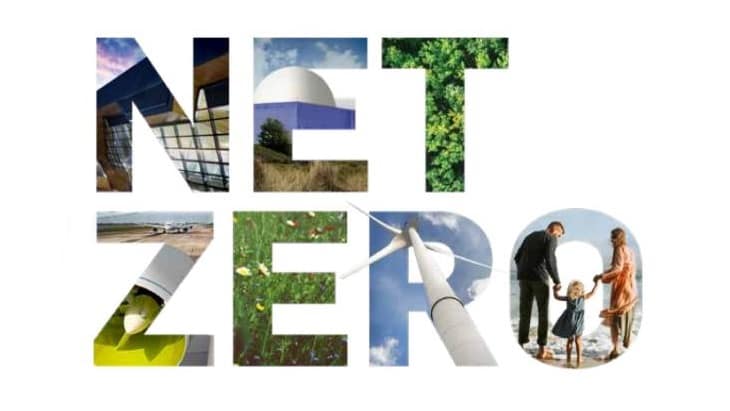
Earlier this year, Microsoft’s CEO Satya Nadella announced their goal to be carbon negative by 2030 and remove from the environment more carbon than Microsoft have emitted since their founding by 2050. Today Microsoft announced seven important new steps on their path to this goal.
Together with eight other corporations, Microsoft has launched a new coalition, Transform to Net Zero. The coalition will work to accelerate business action toward a net zero carbon economy. The coalition will begin by bringing together industry leaders with some of the world’s most ambitious carbon goals and will work to create playbooks on how to achieve net-zero. The founding members are A.P. Moeller – Maersk, Danone, Mercedes-Benz AG, Microsoft, Natura & Co., Nike, Starbucks, Unilever and Wipro. The Environmental Defense Fund is the founding NGO member and BSR will serve as secretariat.
The Transform to Net Zero coalition will focus on moving beyond commitments to business transformation. Working together, members will work to enable all businesses to achieve net-zero emissions by:
- sharing the business transformation each company is undertaking to achieve net-zero emissions by 2050;
- delivering robust emission reductions across the business and value chains; working jointly with their partners across supply chains;
- innovating and investing at scale in products, services and business models that amplify impact;
- engaging with policymakers to incentivize progress toward net-zero.
Microsoft also announced the private preview of a new product offering, the Microsoft Sustainability Calculator. The Microsoft Sustainability Calculator provides its cloud customers transparency into their total carbon emissions resulting from their cloud usage.
Using AI and advanced analytics, the Microsoft Sustainability Calculator provides actionable insights on how to reduce emissions, the ability to forecast emissions, and simplifies carbon reporting. It uses consistent and accurate carbon accounting to quantify the impact of Microsoft cloud services on your environmental footprint. It calculates how moving additional applications and services to the cloud will help further reduce your emissions. It easily identifies and compiles reports for voluntary or statutory reporting requirements.
Microsoft is on the path to obtaining renewable energy power purchase agreements for 100% of the day-to-day power of their data centres by the middle of this decade. Today, Microsoft additionally announcing that Microsoft aiming to eliminate their dependency on diesel fuel by 2030.
Cloud providers around the world rely on diesel-powered generators for backup power to support continuous data center operations. While diesel fuel accounts for less than 1% of their overall emissions, Microsoft believe it’s important to help accelerate the global transition away from fossil fuels. Microsoft charting a new course using low-carbon fuel sources, including hydrogen and energy storage.
On July 1, Microsoft extended their internal carbon tax to every part of their operations. Additionally, they have updated their Supplier Code of Conduct. Suppliers will now calculate and report their greenhouse gas emissions data. In the upcoming months, Microsoft will be working with their suppliers on a phased approach to develop a timeline, new ideas, tools and processes. This reporting is the first significant step toward helping their suppliers reduce their emissions in alignment with Microsoft’s goals of transparency in emissions reductions.
Microsoft’s own climate commitments require them to reduce their carbon emissions by more than half by 2030 and remove the rest, while also removing all of their historical emissions since Microsoft was founded in 1975 by 2050. Microsoft isn’t waiting until 2030 to get started. This fiscal year, Microsoft is taking concrete steps to remove 1 million metric tons of carbon from the environment. As the first step, this week Microsoft will issue a groundbreaking request for proposal (RFP) to source that carbon removal from a range of nature- and technology-based solutions that are net negative and verified to a high degree of scientific integrity.
To ensure that their funding will maximize carbon being taken out of the atmosphere, Microsoft is doubling down on scientific verification of each project, and using this RFP to harvest and share best available science and market intelligence on carbon removal. Each project will be rigorously vetted and verified by Microsoft as well as their third-party scientific and market advisors, including NGO Winrock International and the advisory firm Carbon Direct, which brings together leading climate science academics.
Today Microsoft also announced their first investment from the $1 billion Climate Innovation Fund that they announced in January. Microsoft will invest $50 million in Energy Impact Partners’ (EIP) global platform for innovation of new technologies to transform the world’s energy and transportation systems, the two sectors that account for the majority of greenhouse gas emissions. EIP is a leading venture capital firm focused on decarbonized, decentralized energy industry transition that shares learnings among partners and facilitates collaboration.
Microsoft recognizes that climate and environmental issues don’t affect every community the same way and that Microsoft needs to address environmental equity as a broader issue. Today, Microsoft announced a new innovative partnership with Sol Systems, a renewable energy developer and investor, for 500 megawatts (MW) of renewable energy that includes investments in communities disproportionately affected by environmental challenges.
This is the single largest renewable energy portfolio investment Microsoft has ever made and is about a quarter of all of their previously procured renewable energy. Prior to this partnership, the total amount of renewable energy Microsoft has procured is approximately 1.9 gigawatts. To put it in context, 500 MW would power more than 70,000 homes in the US per year.
Some communities are disproportionately affected by environmental issues. The data shows that black and African American people in the United States are exposed to 1.54 times more hazardous pollution than white people and to 50% higher rates of particulate pollution than the general population. Researchers connect exposure to these increased level of pollutants to higher rates of asthma, lung cancer and heart disease. Microsoft’s work with Sol Systems is a first-of-its-kind initiative tying the purchasing of renewable energy to environmental justice and equity in under-resourced communities.
This partnership will:
- Develop a portfolio of 500MW of solar energy projects in the US in under-resourced communities, working with local leaders and prioritizing minority and women-owned businesses
- Provide at least $50 million for community-led grants and investments that support educational programs, job and career training, habitat restoration and programs that support access to clean energy and energy efficiency
- Focus on communities that are economically under-resourced, disproportionately impacted by pollution and/or lack access to the benefits of the clean energy transition
- Ensure that community benefits are realized with accountability measures, including using third-party evaluators to quantify and document social and environmental outcomes of the initiative
As a result of this agreement, Microsoft will be closer to achieving its goals of shifting to 100% renewable energy by 2025 and help address issues of climate equity and environmental justice.
Read more at Microsoft here

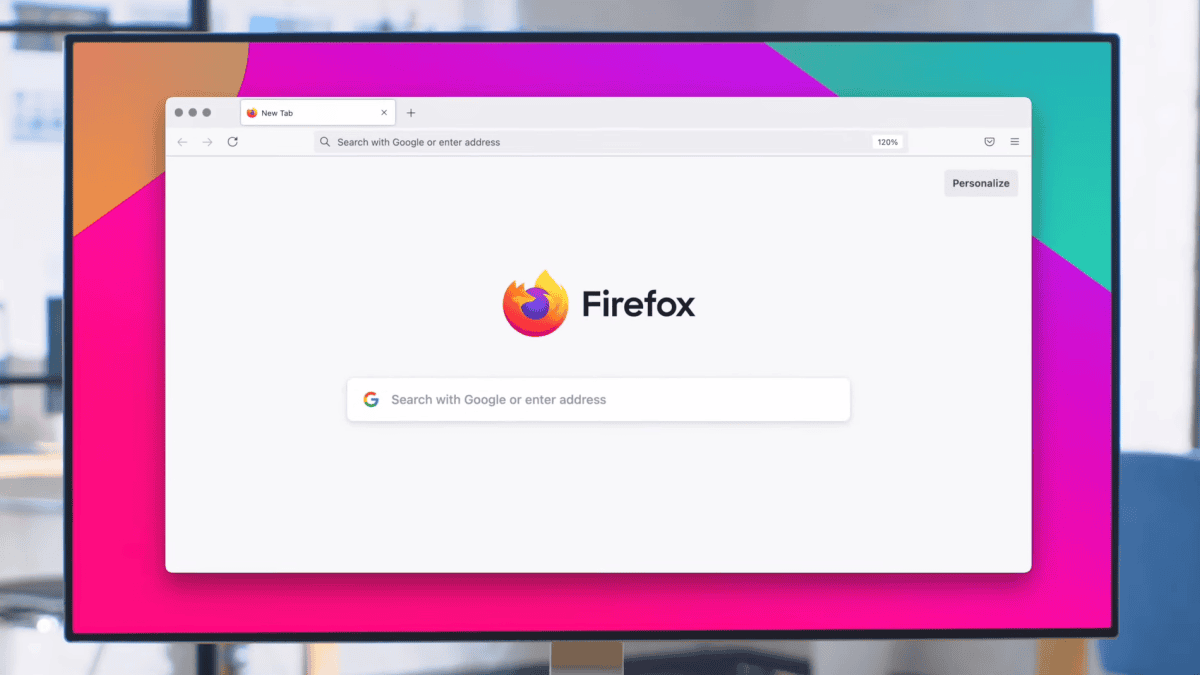
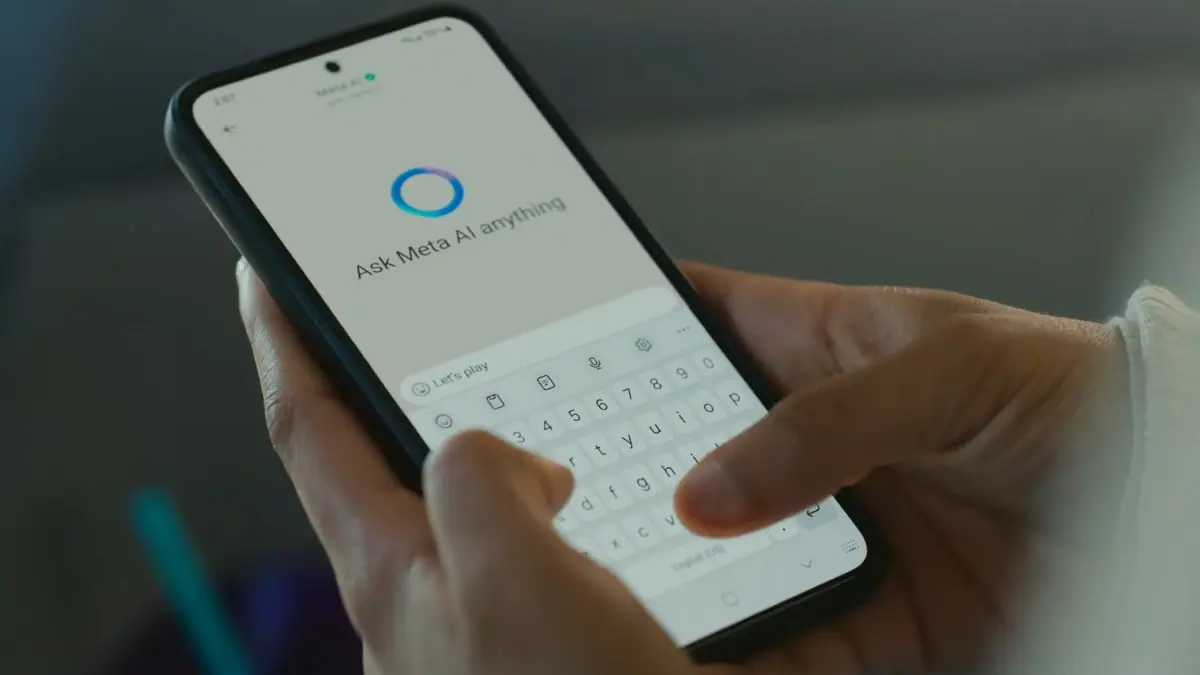

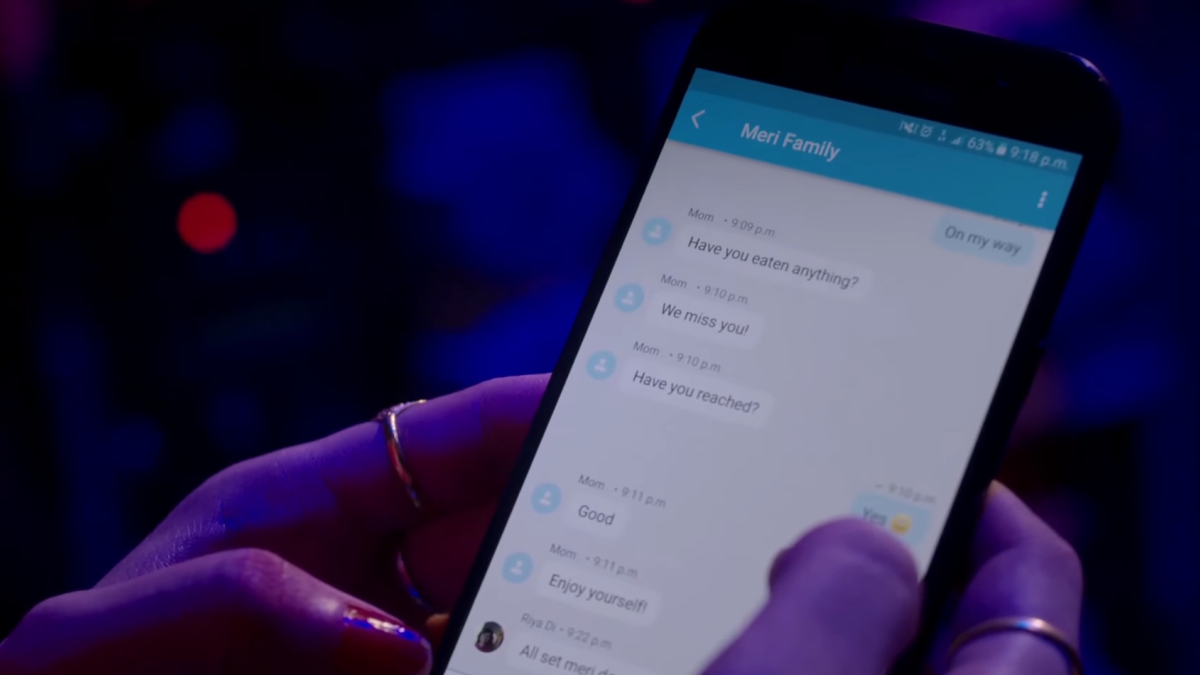
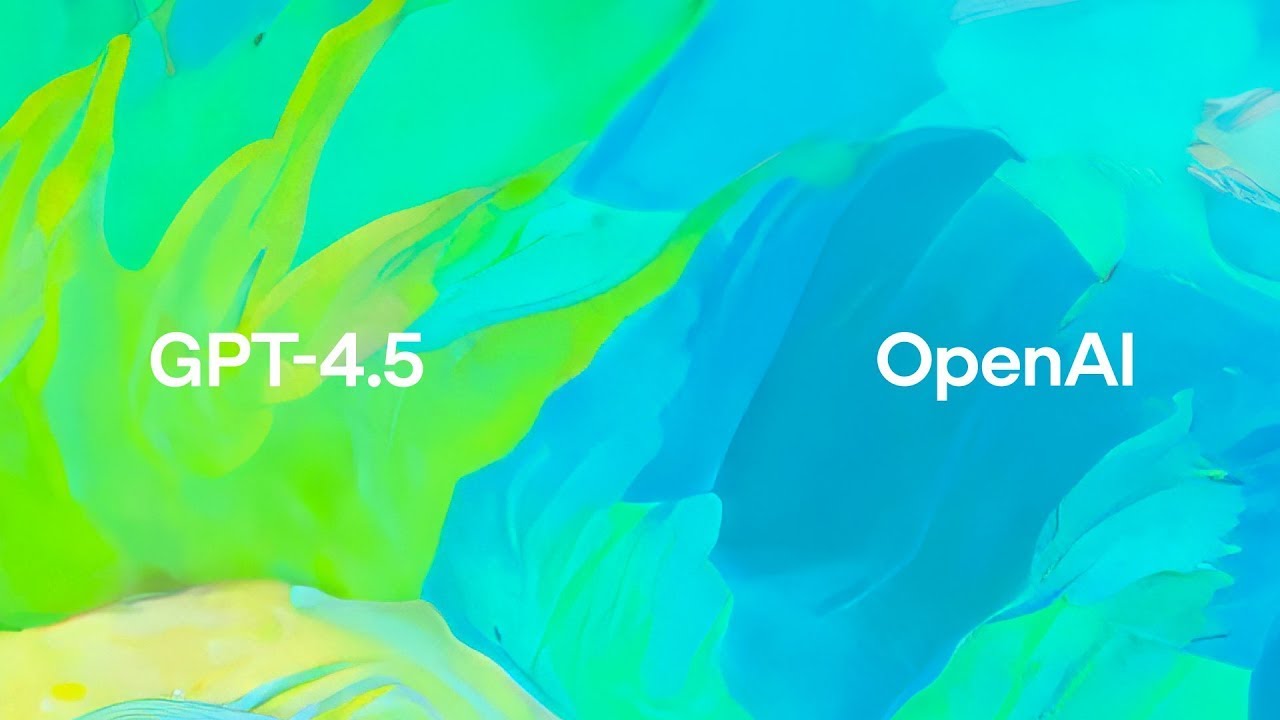
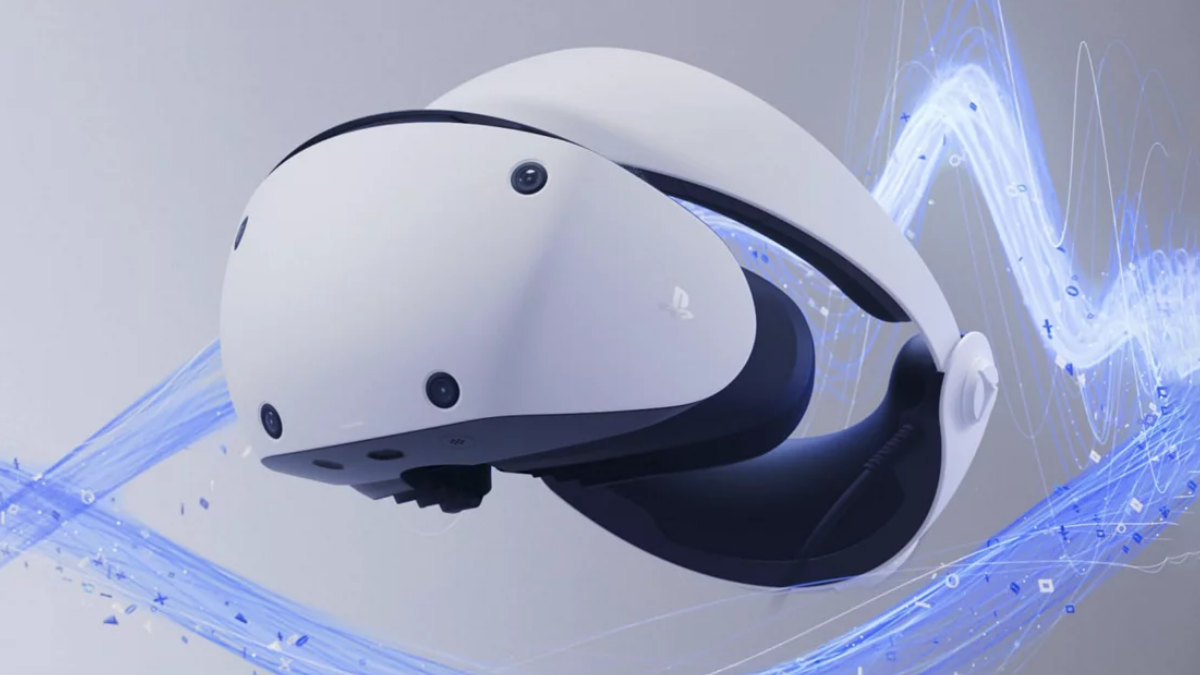

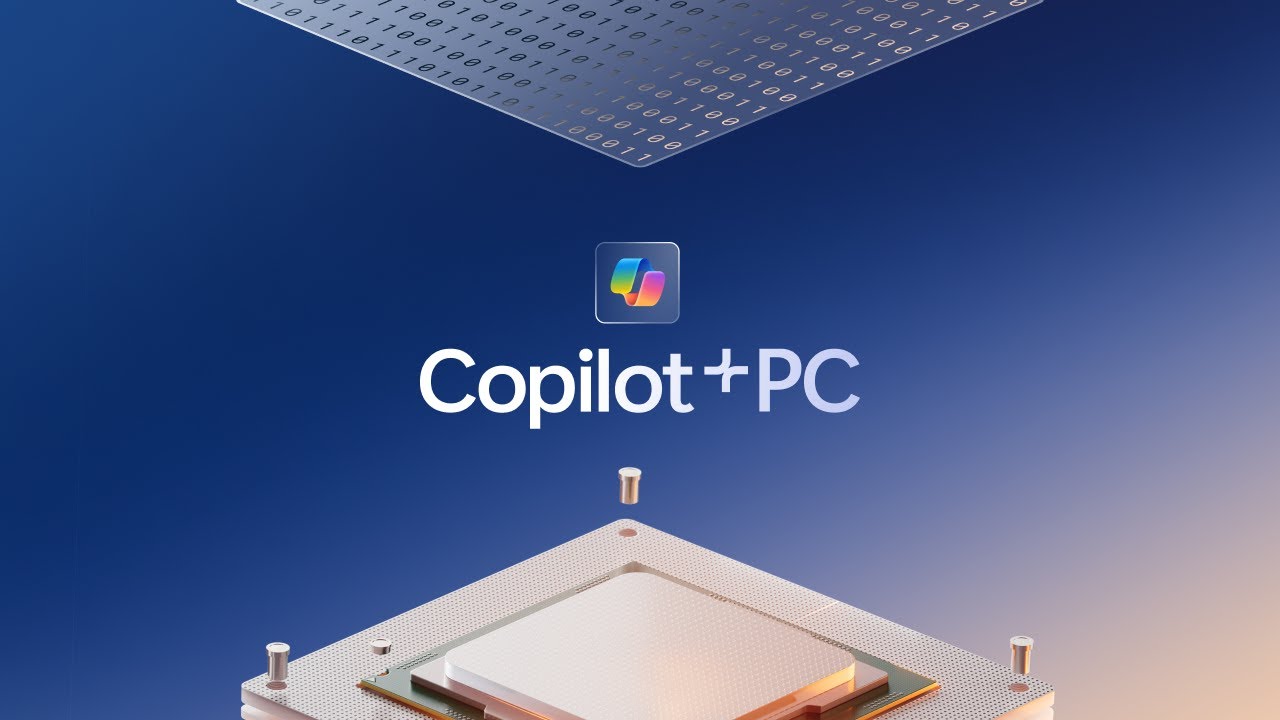
User forum
0 messages